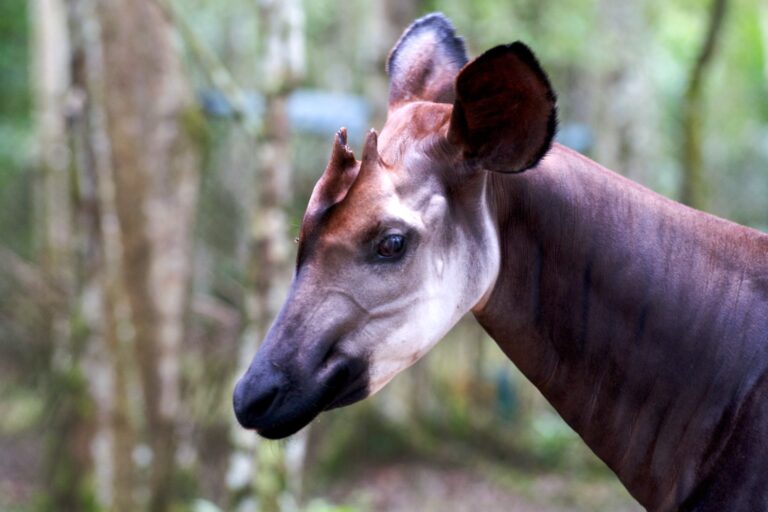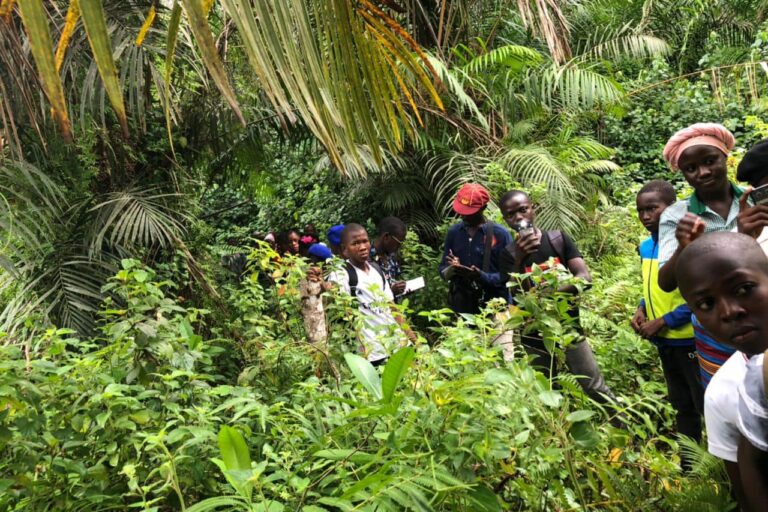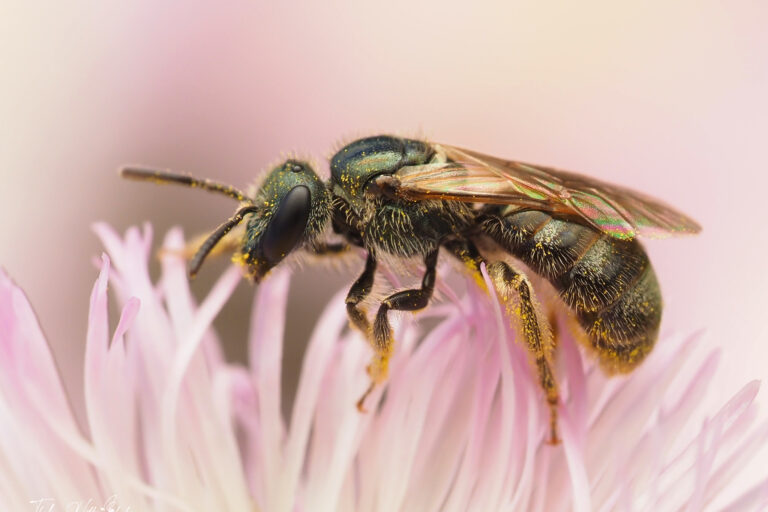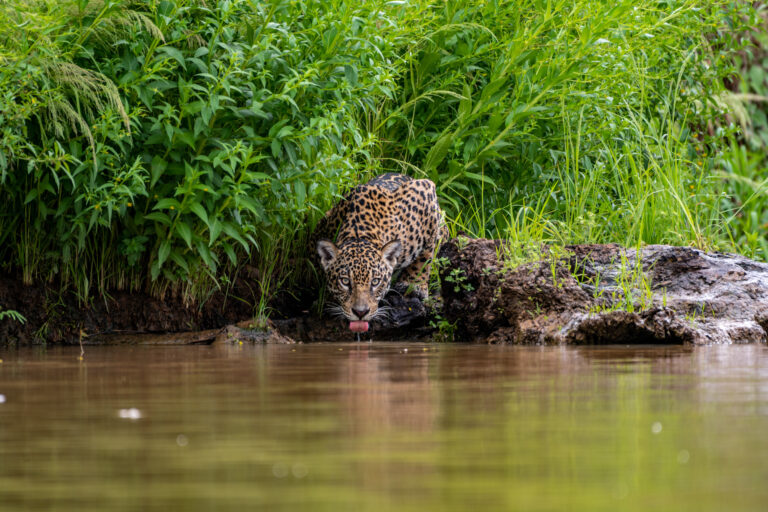- While the health impacts of toxic per- and polyfluoroalkyl chemicals, or PFAS, are well known in humans, a new study reports how they affect a wide range of wildlife species.
- In this survey of published studies, the authors found and mapped wildlife exposures worldwide, including impacts on animal species in remote parts of the planet, including the Arctic.
- Researchers documented serious PFAS-triggered conditions in wildlife, including suppressed immunity, liver damage, developmental and reproductive issues, nervous and endocrine system impacts, gut microbiome/bowel disease and more. PFAS pose yet another threat to already beleaguered global wildlife.
- National governments have done little to restrict use of PFAS or remediate pollution, despite growing evidence of increased harm to both humans and wildlife. The study authors call for immediate action to remediate PFAS-contamination sites and regulate industrial chemicals to help protect threatened and endangered species.
In Hawaii and elsewhere in the North Pacific, few hatchlings are emerging from the nests of endangered hawksbill and green sea turtles. In Wisconsin, some tree swallows have failed to produce offspring. In California, infectious diseases are now more common in southern sea otters. In Michigan, bluegills are swimming slower. In the Arctic, some hooded seals and their pups have thyroid problems. And in North Carolina’s Cape Fear River, American alligators have been found with lesions and unhealed, infected wounds.
What each of these disparate places, animals and maladies have in common is high exposure to long-lived, human-made chemicals: per- and polyfluoroalkyl substances, better known as PFAS.
While it’s now well known that human exposure to PFAS can cause cancer, reduce immunity, impair fertility, cause liver damage and trigger myriad other health problems, scientists are becoming increasingly aware that wildlife is also at risk.
A new study published September 26th in The Science of the Total Environment documents how exposure affects animals in the wild and includes an updated map pinpointing wildlife exposure to PFAS on every continent, with hotspots in the U.S., Europe, China and Australia. But the study’s lead author, David Andrews, notes that pretty much anywhere you look for these long-lived “forever chemicals,” you’ll find them.
Andrews, a senior scientist at the nonprofit Environmental Working Group (EWG) and his team scoured scientific journals to compile this planetwide overview, a first-time analysis of existing data. They found that more than 600 species risk harm from PFAS. It’s an alarming discovery amid a biodiversity crisis in which about half of the world’s species are in decline and already threatened by numerous other stressors.
While hundreds of peer-reviewed investigations have evaluated how these chemicals affect human health, research on PFAS and wildlife is relatively recent but is growing, Andrews says. So, in an odd twist for science — which traditionally uses animals to assess health threats to people — humans are acting as a sentinel species for PFAS wildlife exposure.
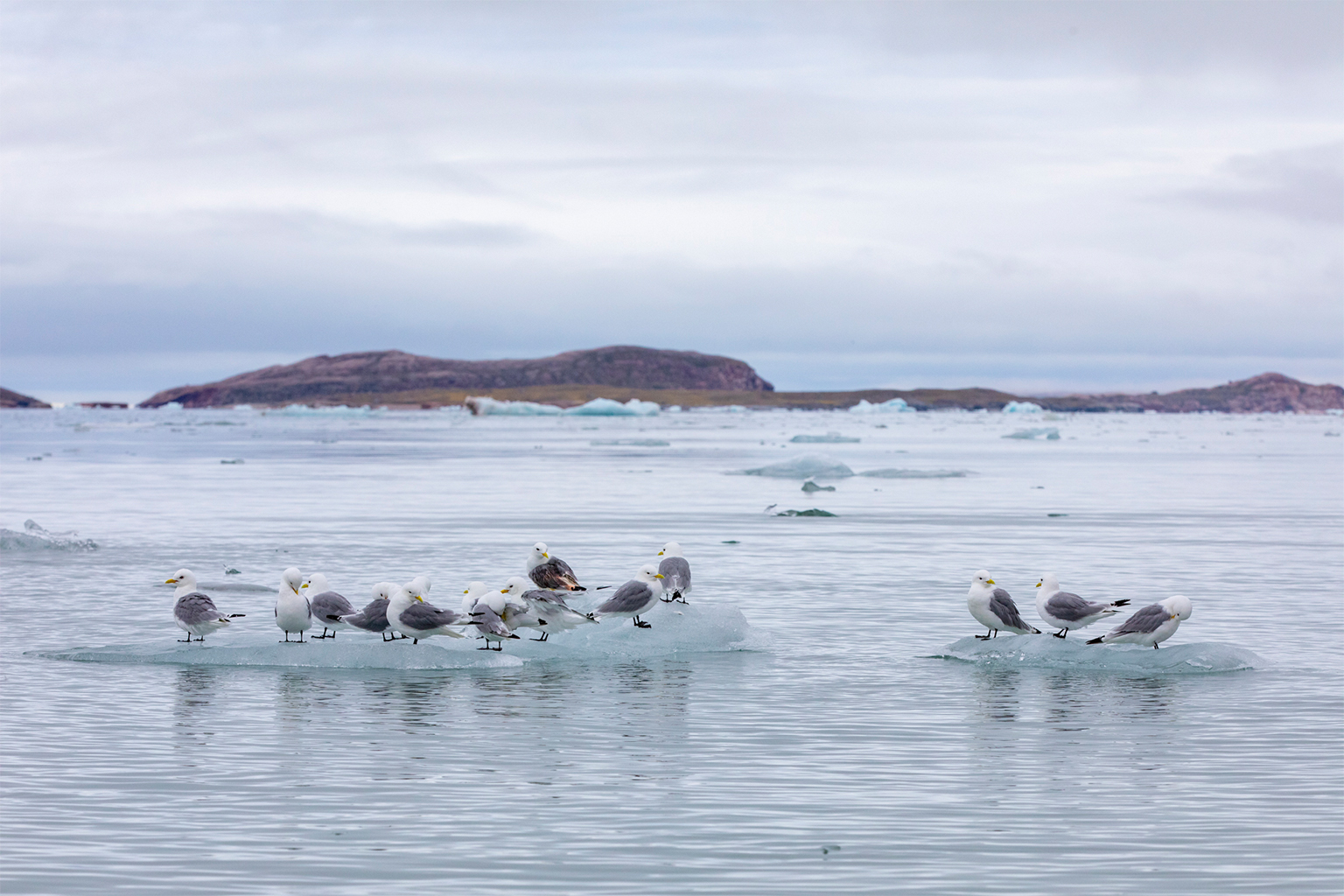
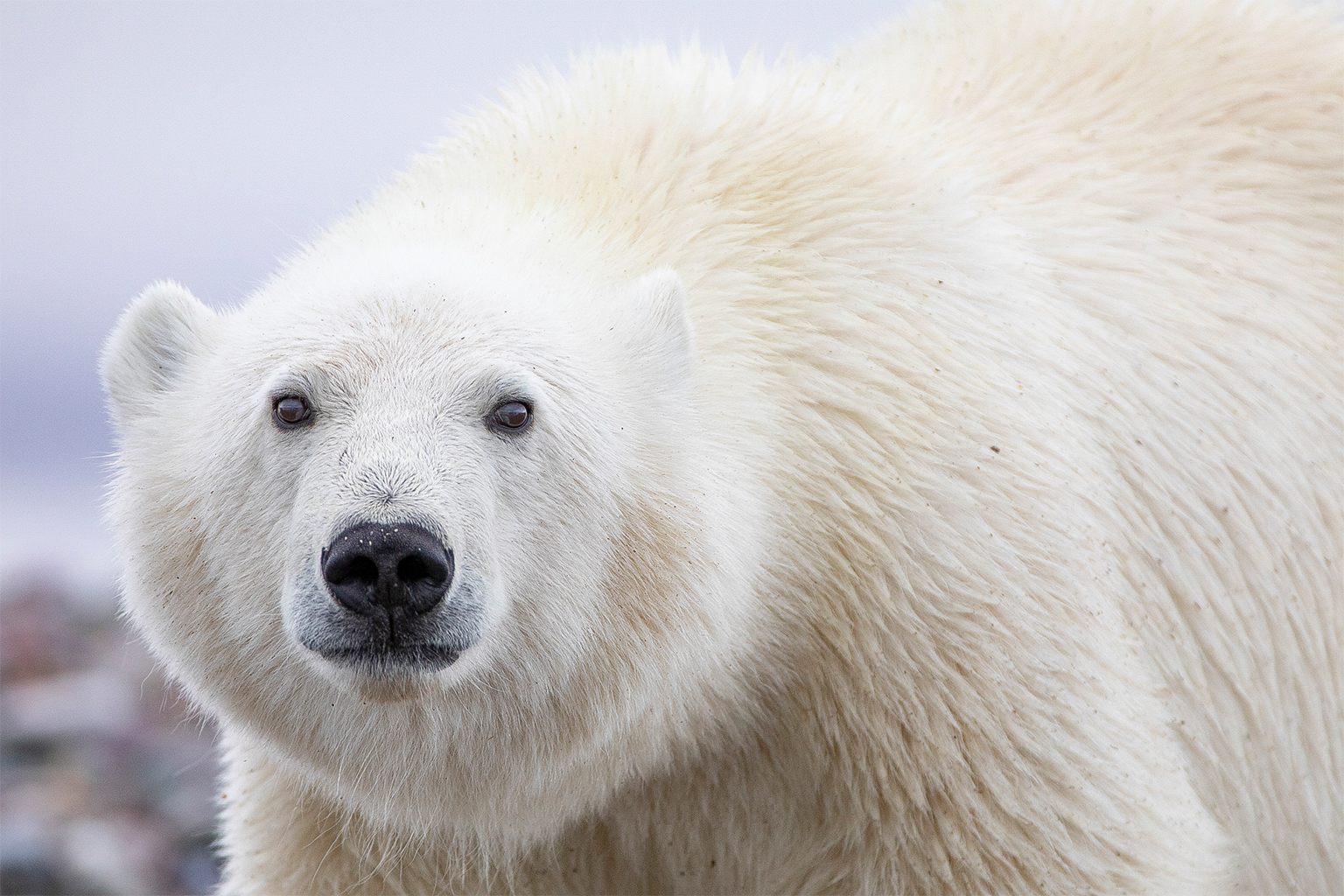
Forever chemicals
PFAS are a class of synthetic fluorinated chemicals manufactured globally since the 1950s. But it wasn’t until the turn of the millennium that researchers began to worry about, and investigate, the health impacts of these compounds, says Danish environmental medicine expert Philippe Grandjean.
PFAS were discovered by accident in 1938. Chemists working for DuPont who were studying refrigerant gases, were surprised to see one of their chemical concoctions solidify. Further investigation found this substance to be utterly unique: It was exceptionally slippery, didn’t corrode and had a high melting point, which is why it was used to create nonstick Teflon pans, first marketed in 1954.
Today, there are more than 6,000 PFAS chemical compounds in commercial use. They’re heavily utilized for their grease-, stain-, and waterproofing properties and are ubiquitous in food packaging, clothing, plastics, furniture, electronics, personal care and cleaning products, firefighting foams, medical devices and many other products.
These forever chemicals break down very slowly. PFAS persist in the environment, concentrating in hotspots near populated areas and manufacturing hubs. However, “there is potential for long-term transport to pretty much everywhere,” says Tasha Stoiber, an EWG senior scientist and co-author on the new study.
PFAS spread widely, carried by rivers, on the wind and the tide. Levels in rainwater often “greatly exceed” U.S. Environmental Protection Agency (EPA) guidelines, though the agency indicates that there is no safe level of exposure. This has brought PFAS to wild animals inhabiting even the most remote regions of the planet.
Researchers have documented PFAS contamination in wildlife at the top of the world. The new paper reports health impacts in polar bears (Ursus maritimus), whales, kittiwakes (Rissa tridactyla) and other Arctic species, though they live far from factories, urban centers or other pollution epicenters. Likewise, Grandjean notes that when his colleagues collected water samples from the Himalayas or tested rainwater from Antarctica, they always found PFAS.
The amount of wildlife exposure depends on where animals live, how far they are from human populations, if they’re aquatic and their diet, specifically “where they eat on the trophic level,” says Stoiber.
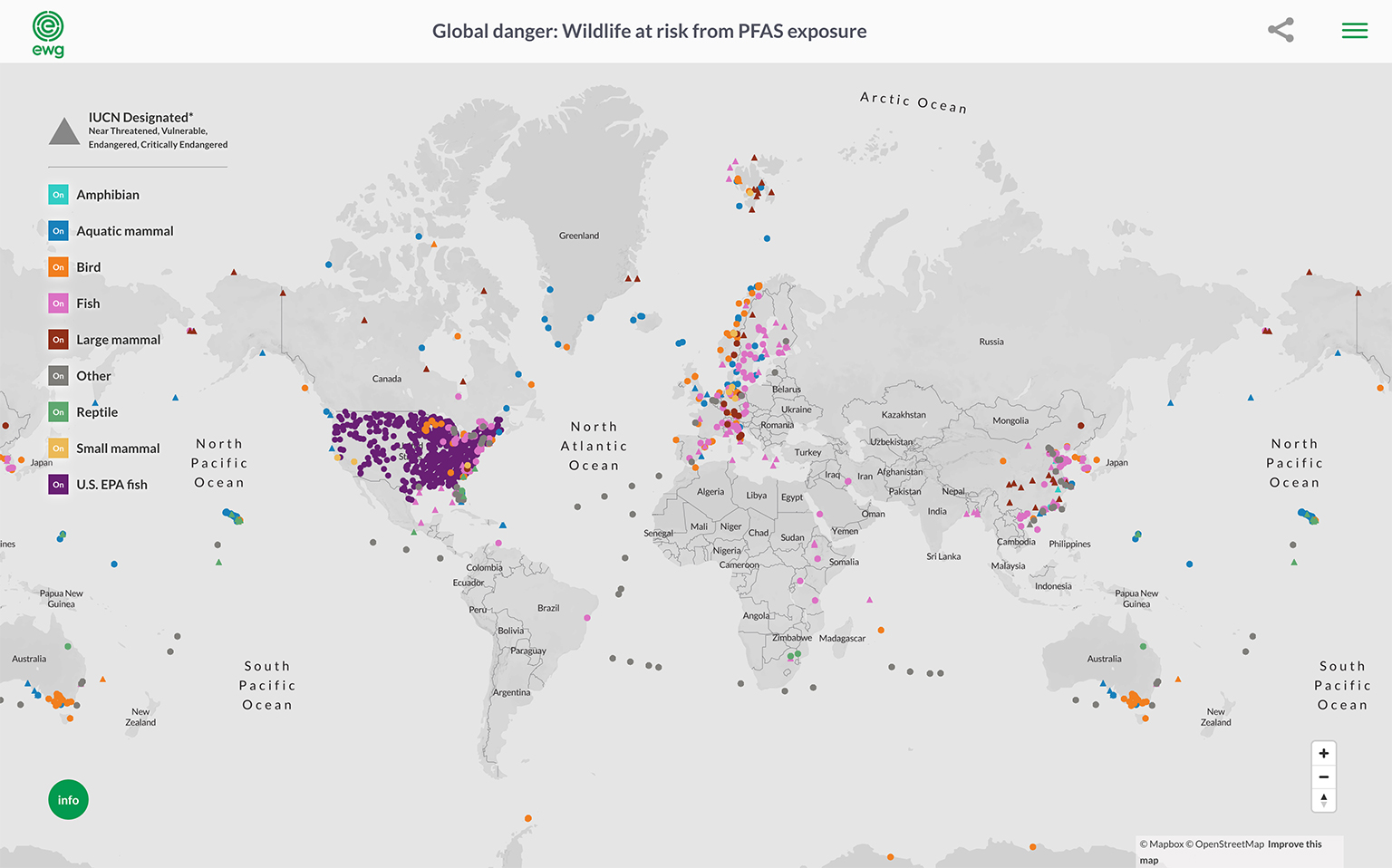
PFAS and health
Hundreds of peer-reviewed publications and studies by the EPA provide overwhelming evidence of human health impacts from PFAS. Wild animal impacts have been far less studied. But with advancing technology, researchers can better predict potential effects across species.
Because PFAS stick to small proteins in the blood, Andrews says, “these chemicals have been shown to cause harm pretty much throughout the body,” where they can remain for years. They’re toxic, even in minute amounts. “Based on what we know, people are impacted at incredibly low concentrations,” he says. It seems animals are, too, and because PFAS are persistent, they bioaccumulate up the food chain — just as DDT did in the 1960s, severely affecting bird species, as chronicled by Rachel Carson.
For both humans and animals, PFAS impact the nervous system; interfere with reproduction and development; damage organs, including the liver; disrupt metabolism; cause tumors; and lower immunity. Prenatal or early exposure can cause irreversible, negative effects on health, reproduction and survival.
“The immune system is extremely sensitive to the effects of PFAS,” notes Stoiber. One extraordinary example, she says, was discovered in American alligators in North Carolina’s highly contaminated Cape Fear River watershed. Blood tests and exams on 49 American alligators (Alligator mississippiensis) captured by a North Carolina State University team revealed elevated levels of 14 different PFAS, along with a striking number of infected lesions, Stoiber says.
“Because of where they live and how they engage in territorial battles, they’re susceptible to injury,” she says, which is why they’ve evolved “amazing immune systems and wound healing capabilities.” But high PFAS exposure seems to negate those healing superpowers. It also decreases resistance in many species, making them more susceptible to a range of diseases.
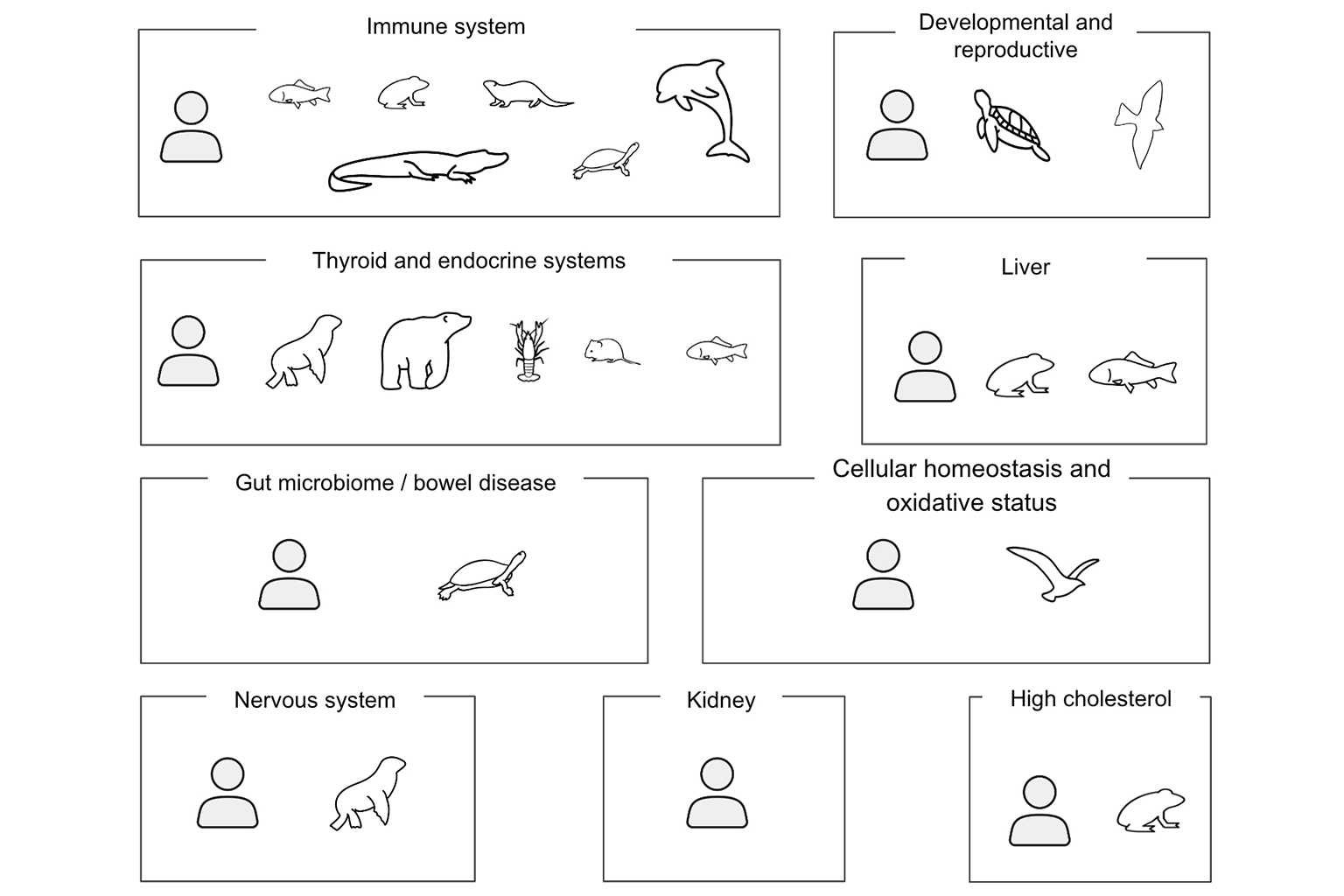
PFAS have been found in the brains of animals and humans, and the new paper documents nervous system damage. In lab studies, animals exposed to PFAS exhibited impaired learning, poor memory, anxiety-like behavior and diminished motor skills. Researchers found that these synthetic chemicals were more toxic to young animals’ developing brains.
These chemical compounds also alter hormones, including the thyroid, which helps regulate metabolism, growth and central nervous system and brain function in mammals. Polar bears in Greenland were found with high steroid hormones in their brains, which can limit their ability to reproduce and damage unborn cubs. In freshwater and sea turtles, PFAS transfer from mothers to their eggs, which may not hatch.
The study ticks off other health horrors: Rats exposed to PFAS in utero or early in life frequently develop liver or pancreatic tumors. Bottlenose dolphins (Tursiops truncatus) off the South Carolina coast show chronic inflammation. Crayfish (Faxonius immunis, F.rusticus, and F. virilis) barely forage for food.
While PFAS exposure may not be instantly lethal to an animal, it can eventually lead to illness or death, posing yet another threat to the world’s declining wildlife. It’s a particular concern for rare and endangered species.
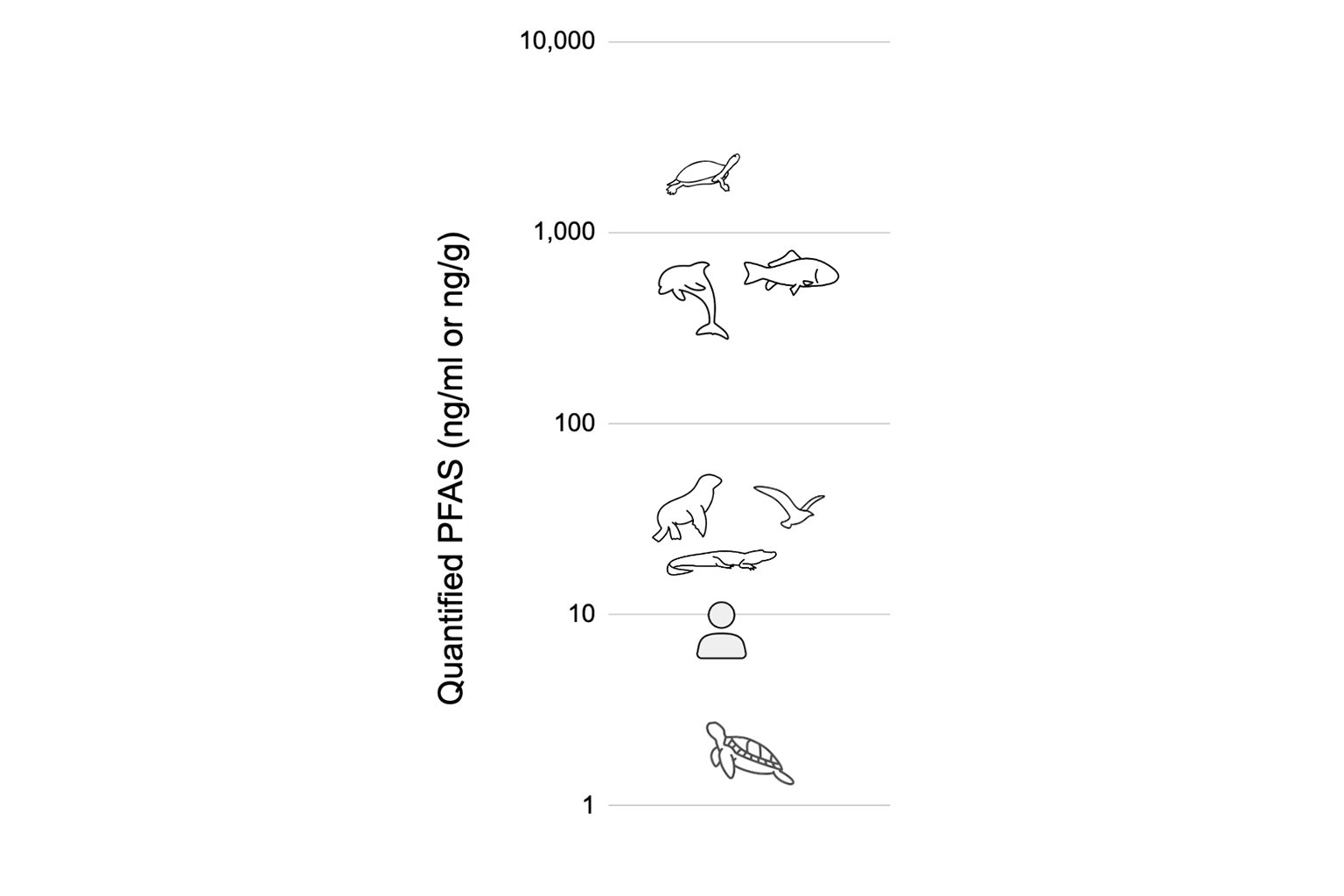
History — and a way forward
PFAS manufacturers knew early on that these chemicals were dangerous. In 1950, the 3M company discovered that PFAS built up in blood, and the firm’s 1963 technical manual deemed the chemicals toxic. In the mid-1960s, DuPont discovered liver, kidney and spleen damage. In 1977, 3M found PFOS — the PFAS chemical used in Scotchguard fabric treatment — to be “more toxic than anticipated.” But these studies were not made public.
Now, the harm to humans is clear, though many questions remain about how these chemicals impact wildlife species. But still, Andrews notes, regulation of PFAS is lacking, and it’s time that we “connect the dots between decisions on chemical regulation … and their likely impacts on biodiversity and wildlife species across the globe.”
To protect both humans and wildlife, national and international efforts are needed to restrict PFAS discharges into the environment and to clean up PFAS-contaminated sites.
In 2021, the EPA announced a “PFAS Strategic Roadmap,” but thus far, the U.S. government hasn’t taken strong regulatory steps. States, however, are taking action, with some planning to ban unnecessary uses of PFAS, including in food packaging and a wide range of other products.
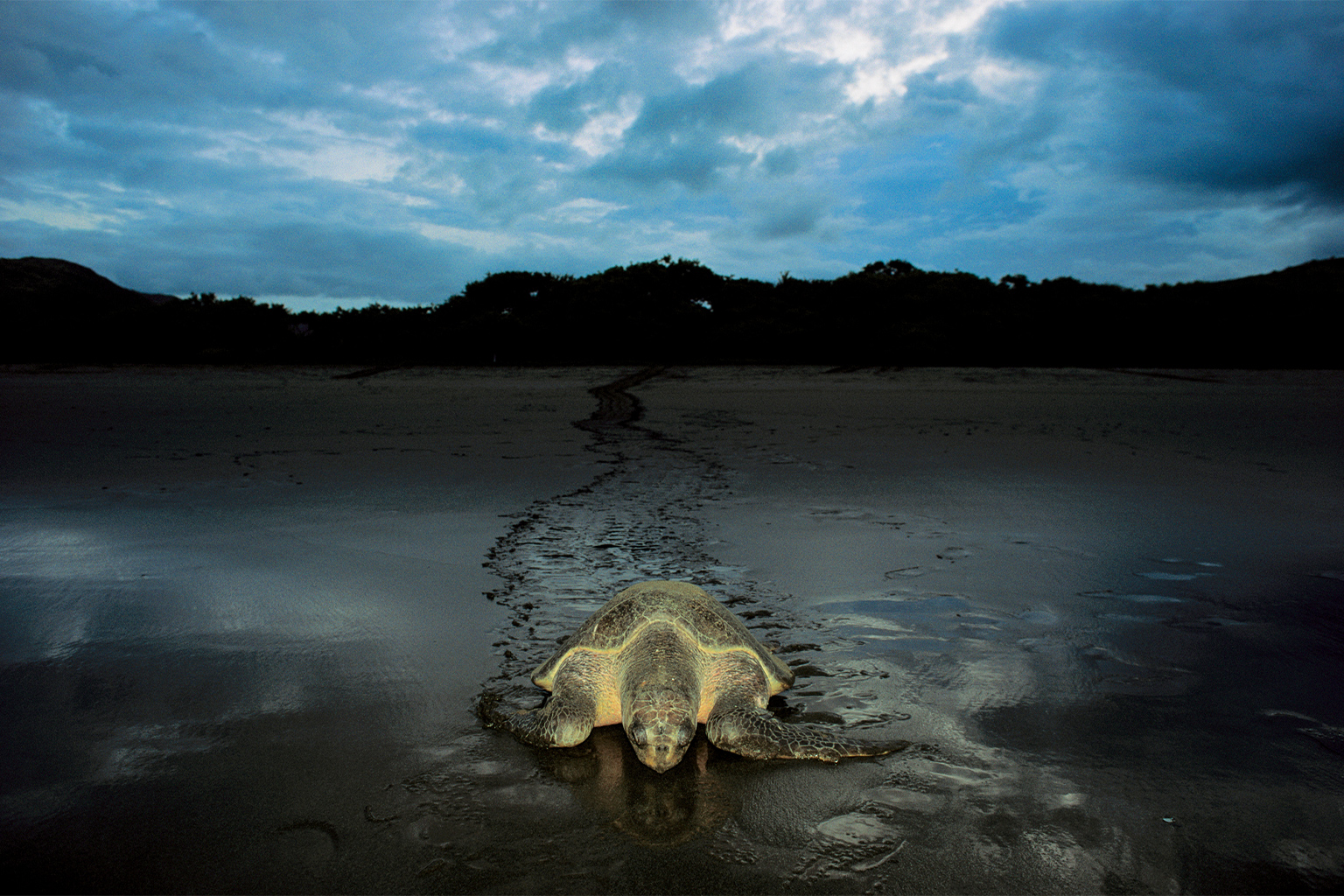
Some PFAS are already prohibited in Canada and the European Union; the EU has now proposed a policy that would ban PFAS. In 2020, Japan banned manufacture and use of two PFAS chemicals; PFOS is banned in New Zealand, and it doesn’t allow use of another PFAS chemical, PFOA, in fire-fighting foams. In most other countries, PFAS remain poorly regulated.
The study authors call for immediate action to remediate PFAS-contamination sites and regulate industrial chemicals to help protect threatened and endangered species. They note that “as the global wildlife and biodiversity conservation crisis deepens, there is an urgent need to better protect wildlife from the threats of chemical pollution.”
Banner image: PFAS and other chemical pollution are posing a growing threat to the little auk (Alle alle) and other Arctic seabirds. Image © Steve Winter/Big Cat Voices.
Global study of 71,000 animal species finds 48% are declining
Citations:
Wood, C., Balazs, G. H., Rice, M., Work, T. M., Jones, T. T., Sterling, E., … Lynch, J. M. (2021). Sea turtles across the North Pacific are exposed to perfluoroalkyl substances. Environmental Pollution, 279, 116875. doi:10.1016/j.envpol.2021.116875
Custer, C. M., Custer, T. W., Dummer, P. M., Etterson, M. A., Thogmartin, W. E., Wu, Q., … McKann, P. C. (2013). Exposure and effects of Perfluoroalkyl substances in tree swallows nesting in Minnesota and Wisconsin, USA. Archives of Environmental Contamination and Toxicology, 66(1), 120-138. doi:10.1007/s00244-013-9934-0
Coy, C. O., Steele, A. N., Abdulelah, S. A., Belanger, R. M., Crile, K. G., Stevenson, L. M., & Moore, P. A. (2022). Differing behavioral changes in crayfish and bluegill under short- and long-chain PFAS exposures: Field study in northern Michigan, USA. Ecotoxicology and Environmental Safety, 247, 114212. doi:10.1016/j.ecoenv.2022.114212
Grønnestad, R., Villanger, G. D., Polder, A., Kovacs, K. M., Lydersen, C., Jenssen, B. M., & Borgå, K. (2018). Effects of a complex contaminant mixture on thyroid hormones in breeding hooded seal mothers and their pups. Environmental Pollution, 240, 10-16. doi:10.1016/j.envpol.2018.04.052
Guillette, T. C., Jackson, T. W., Guillette, M., McCord, J., & Belcher, S. M. (2022). Blood concentrations of per- and polyfluoroalkyl substances are associated with autoimmune-like effects in American alligators from Wilmington, North Carolina. Frontiers in Toxicology, 4. doi:10.3389/ftox.2022.1010185
Andrews, D, Stoiber, T, Temkin, A.,Naidenko, O. (2023) Discussion. Has the human population become a sentinel for the adverse effects of PFAS contamination on wildlife health and endangered species?, Science of the Total Environment, doi:10.1016/j.scitotenv.2023.165939
Cousins, I. T., Johansson, J. H., Salter, M. E., Sha, B., & Scheringer, M. (2022). Outside the safe operating space of a new planetary boundary for per- and polyfluoroalkyl substances (PFAS). Environmental Science & Technology, 56(16), 11172-11179. doi:10.1021/acs.est.2c02765
Starnes, H. M., Rock, K. D., Jackson, T. W., & Belcher, S. M. (2022). A critical review and meta-analysis of impacts of per- and Polyfluorinated substances on the brain and behavior. Frontiers in Toxicology, 4. doi:10.3389/ftox.2022.881584
FEEDBACK: Use this form to send a message to the author of this post. If you want to post a public comment, you can do that at the bottom of the page.




